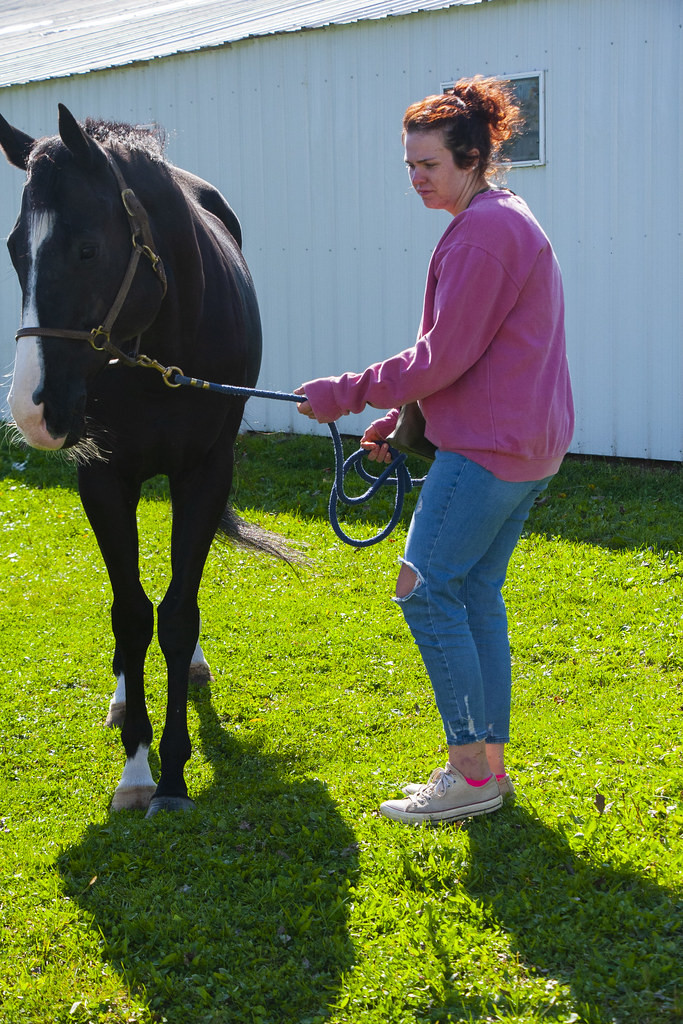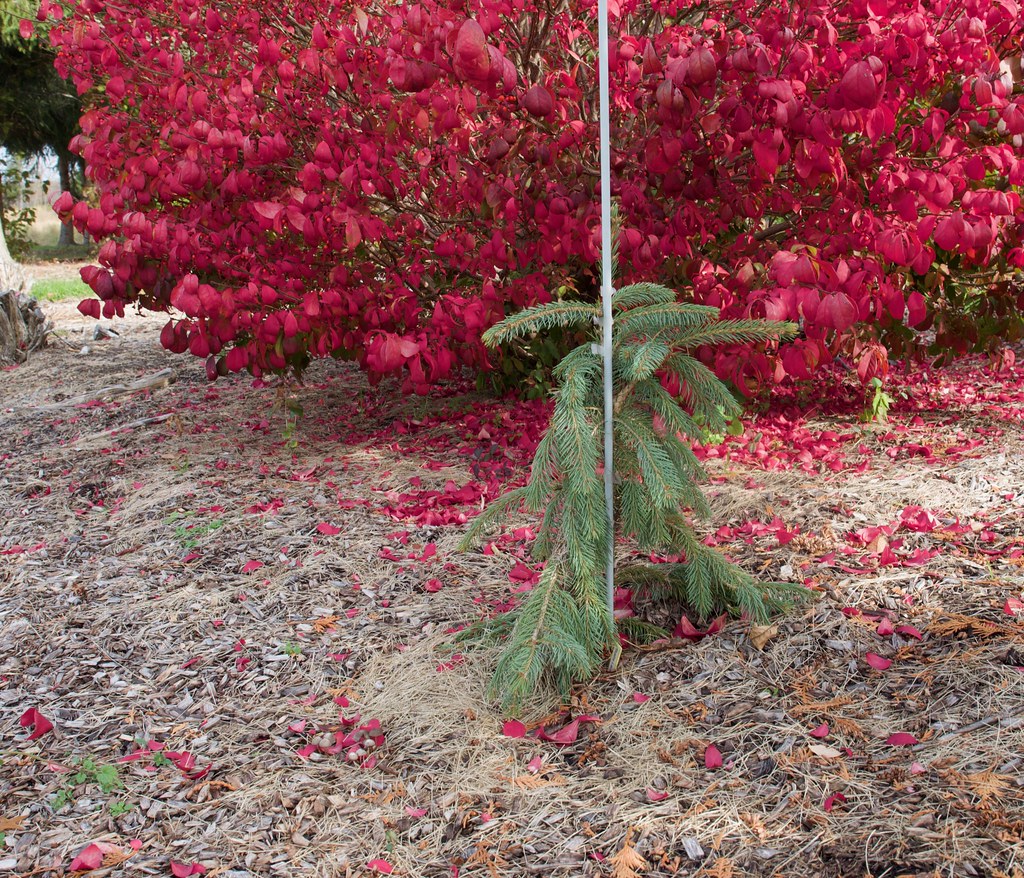 Farms aren't all about barns and silos. In fact, these conventional farm buildings do not offer the most protection attainable. On a modern-day farm, tarps are a standard sight across a number of elements. Moveable buildings used for animals and equipment, for instance, use a canopy made out of heavy-obligation polyethylene, while the fabric by itself is used to protect crops, akin to hay, from spoilage.
Farms aren't all about barns and silos. In fact, these conventional farm buildings do not offer the most protection attainable. On a modern-day farm, tarps are a standard sight across a number of elements. Moveable buildings used for animals and equipment, for instance, use a canopy made out of heavy-obligation polyethylene, while the fabric by itself is used to protect crops, akin to hay, from spoilage.
Moveable buildings have one advantage that barns don't - versatility. The shelter may be positioned in a number of locations and, if need be, taken apart and put in one other. Because the shelters are relatively cheap, several could be bought for protecting multiple investments on a farm. The most common, in this case, is defending gear. The shelters, produced from a galvanized metal tube body and polyethylene tarp, are absolutely enclosed and, if a tractor or related piece of apparatus is inside, protect and protect it from UV and moisture exposure.
As an analogous use, some portable buildings with an open design are used to shade livestock. These canopies have a polyethylene tarp spread from one side of the metal frame to the opposite, and animals can run out and in throughout the day. The sort of constructing, moreover, may be modified to be used as a permanent animal shelter.

Tarps, nevertheless, are often used by themselves in various situations, and farm use isn't any totally different. Use as a hay tarp is the most typical, and depending upon the scale of the hay bales, the tarp is often a protracted sheet. Hay bales begin at two ft in diameter and could also be as massive as 5 toes in diameter, and once they need protection from moisture and mould after a harvest, a stack of three or extra is wrapped in an extended tarp. The dimensions of the tarp relies upon upon the dimensions of the bales and the formation in which they're stacked. The smallest, on this case, consists of two bales on the bottom and one on top (a 2-1 formation), with the tarp fully wrapped round. 2-2-1 and three-2-1 are additionally common formations.
When the bales are wrapped with a tarp, the fabric should go fully across the formation, with a small amount left over. As a result of the polyethylene tarps basically protect the hay from harm by water and mould, the bale formations must not be placed near water and, as a substitute, should be close to a drain or runoff point.

0 Comments